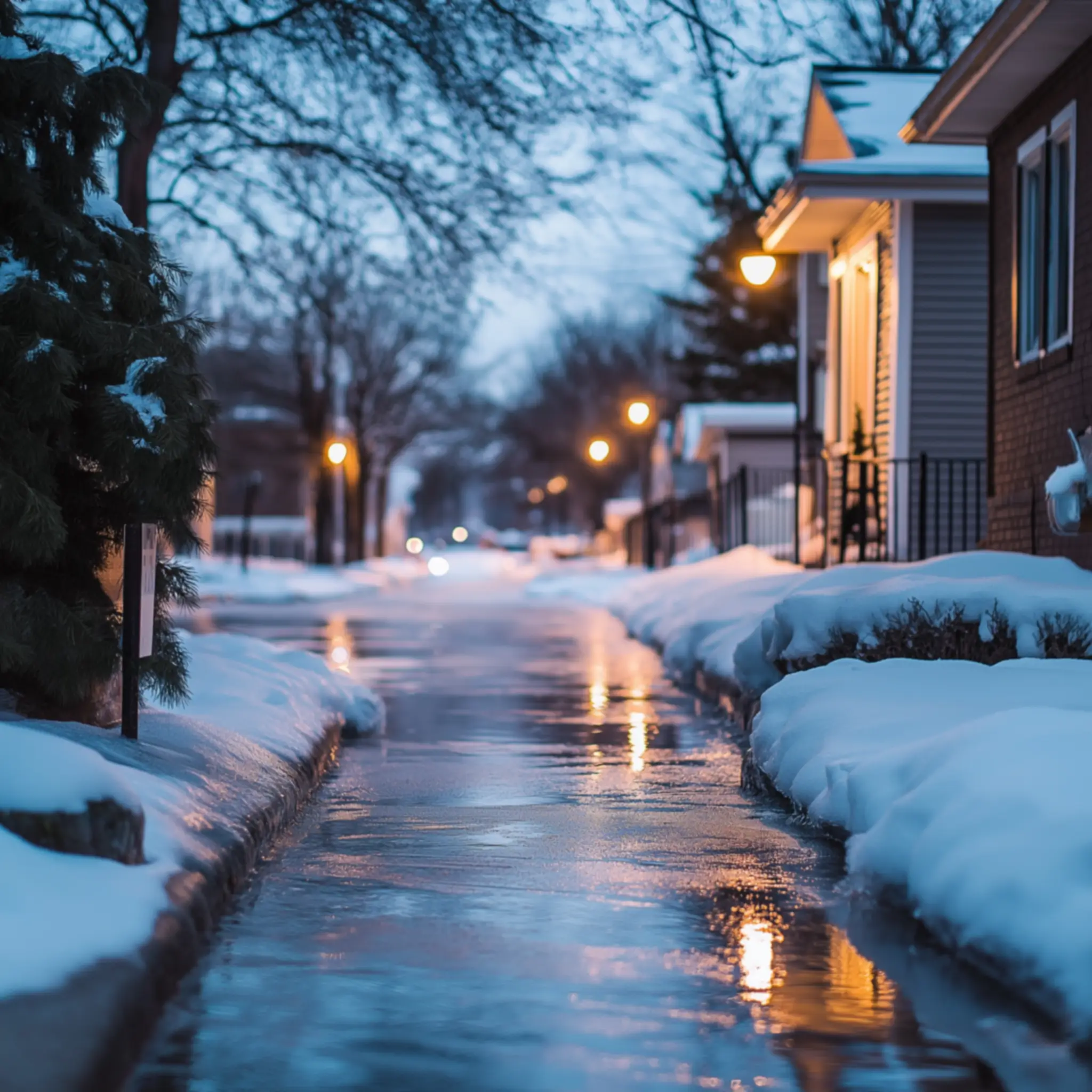Northeast Ohio’s hot summer and dry conditions may have stressed your landscaping, making those healthy, full-grown trees that have typically been low maintenance in need of a little extra care. Strong, healthy trees are generally pretty resilient, but attention at this time of year can help you head off potential problems.
In hot, dry conditions, trees growing in urban and suburban areas may be more impacted by both a lack of needed moisture and inferior nutrients. These trees will likely struggle to build strength for their dormant season, leaving them more vulnerable to disease and insect infestation during the fall and winter months.
Basic late summer care should include:
- Deep watering, especially for young trees, and for all trees after experiencing a hot summer and drought conditions.
- Prune dead branches only and any spent blooms on late-flowering trees.
- Add mulch to areas that have thinned around your trees during the summer, taking care not to mound around the trunk.
- Inspect for signs of disease and insect infestation.
Warning signs your trees need attention
Heat and drought will stress even the healthiest trees, but addressing signs of stress—and potential disease—early will ensure your trees make it through the fall and winter and come back strong in the spring.
Look for the following tree trouble signs:
- Leaves changing color too soon – Some trees do begin presenting fall colors early, but if you notice leaves changing in August or September on trees that normally do not change until October, the tree’s root system is likely stressed due to drought conditions or disease.
- Leaves with dark spots – Dark spots on leaves or leaves that are curled or discolored usually indicate disease. Contact your arborist if dark spots are prevalent all over the tree canopy or if there are individual branches in which leaves are spotted or discolored.
- Brown growths on branches – Known as galls, these growths house mites and other insects that can infest and kill your tree. Depending on the extent of these growths, your tree expert can help with options for saving your tree, including pruning away those branches or treating with insecticide.
- Webworm nests – Fall webworms build their nests during their larval stage, creating large webby tents on tree limbs. While they do not harm the tree overall, they do cause defoliation on the affected branches. Pruning these away can help tree strength and prevent them from coming down during a winter storm.
An appointment with your local tree expert can help you determine if your trees need treatment before entering their dormant season. Trees that need a boost may benefit from a fall fertilizer but be sure to consult an expert about appropriate formulas and when to fertilize, as feeding your tree too early in the fall can encourage growth that will not be strong enough to survive winter temperatures.
Extensive pruning should be avoided, as trees will recover more quickly if such pruning is done during the dormant season. Shaping and pruning trees should always be left to the experts.
If you have questions about your trees’ health and how to best care for them in the late summer and fall, contact Linger’s Lumberjacks. At Linger’s, trimming and pruning is top notch, and 24-hour emergency service is always available. Click here for details about all Linger’s services.
